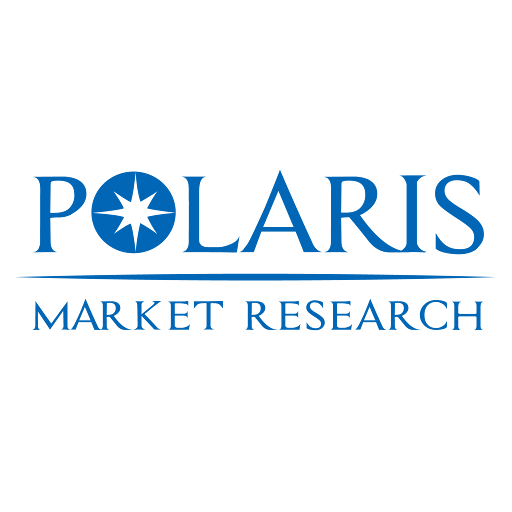Rising Adoption of Home-Based Infusion Therapy Fuels Subcutaneous Immunoglobulin Market Expansion

The global subcutaneous immunoglobulin (SCIg) market, valued at USD 11.22 billion in 2024, is projected to grow at a compound annual growth rate (CAGR) of 9.11% from 2025 to 2034, driven by the rising prevalence of primary immunodeficiency diseases (PIDs), increasing patient preference for home-based therapy, and the expansion of self-administration models in chronic disease management. Subcutaneous immunoglobulin—purified IgG antibodies administered via infusion under the skin—is a critical treatment for patients with PIDs such as common variable immunodeficiency (CVID), X-linked agammaglobulinemia, and severe combined immunodeficiency (SCID). This growth is shaped by pronounced regional disparities in healthcare access, regulatory frameworks, and reimbursement policies. North America, led by the United States, dominates the market, accounting for over 40% of global revenue. The U.S. leadership is anchored in a mature biopharmaceutical ecosystem, robust reimbursement mechanisms through Medicare Part B and private insurers, and strong clinical guidelines from the Immune Deficiency Foundation (IDF) and the American Academy of Allergy, Asthma & Immunology (AAAAI) that endorse SCIg as a standard of care for long-term immunoglobulin replacement therapy.
In contrast, Europe’s SCIg market is characterized by centralized healthcare systems, cost-containment pressures, and stringent health technology assessments (HTAs) that govern drug access and pricing. Countries such as Germany, the UK, and France enforce rigorous evaluations through bodies like the National Institute for Health and Care Excellence (NICE) and the Institut für Qualität und Wirtschaftlichkeit im Gesundheitswesen (IQWiG), which assess cost-effectiveness before reimbursing high-priced biologics. Regional prescribing trends show a growing shift from intravenous immunoglobulin (IVIg) to SCIg due to improved patient quality of life, reduced hospital visits, and lower infusion-related adverse events. However, fragmented reimbursement across EU member states—particularly in Eastern Europe—creates variability in diagnosis rates and treatment access. Cross-border supply chains for plasma-derived IgG, filtration membranes, and prefilled syringes are well-integrated within the EU single market, though Brexit has introduced customs delays and re-certification requirements for UK-based distributors. Additionally, the European Medicines Agency’s (EMA) emphasis on pharmacovigilance and risk minimization plans is influencing prescribing behavior and patient support program design.
Read More @ https://www.polarismarketresearch.com/industry-analysis/subcutaneous-immunoglobulin-market
Asia Pacific is the fastest-growing region, fueled by rising awareness of PIDs, expanding healthcare infrastructure, and government-led initiatives to improve rare disease diagnosis and treatment in China, India, and Southeast Asia. China’s National Health Commission has prioritized rare disease registries and expanded access to orphan drugs, creating opportunities for international immunoglobulin manufacturers in tier-1 and tier-2 hospitals. India’s National Policy for Rare Diseases and the Ayushman Bharat Digital Mission are accelerating investment in diagnostic capacity and patient support networks, particularly in urban and semi-urban centers. Regional manufacturing trends show a growing preference for cost-optimized, mid-tier SCIg products tailored to price-sensitive consumers, alongside high-end systems for export-oriented OEMs. Market penetration strategies by global players often involve partnerships with local patient advocacy groups, tele-immunology platforms, and specialty pharmacies to build brand trust and ensure regulatory alignment.
Geopolitical and trade-specific factors, including U.S.-China technology restrictions and export controls on dual-use biopharmaceutical equipment, are influencing sourcing decisions and favoring regionalization of plasma collection and fractionation. Additionally, concerns over plasma supply sustainability, biosimilar interchangeability, and payer resistance to high-cost biologics are prompting manufacturers to adopt real-world evidence (RWE) generation, outcomes-based contracting, and patient support programs to improve access and adherence. As the global demand for effective, safe, and sustainable immunoglobulin therapy intensifies, the ability to deliver compliant, clinically validated, and economically viable SCIg solutions across diverse healthcare systems will be a key determinant of competitive success.
Competitive Landscape:
- CSL Behring
- Takeda Pharmaceutical Company Limited
- Grifols, S.A.
- Octapharma AG
- Baxalta Incorporated (a subsidiary of Takeda)
- Kamada Ltd.
- Bio Products Laboratory (BPL, now part of Liminal BioSciences)
- Privigen (CSL)
More Trending Latest Reports By Polaris Market Research:
Distribution Automation Market
Food Service Disposables Market
Vibration Control Systems Market
Revenue Cycle Management Market
Intravenous Immunoglobulin Market
- Art
- Causes
- Crafts
- Dance
- Drinks
- Film
- Fitness
- Food
- Games
- Gardening
- Health
- Home
- Literature
- Music
- Networking
- Other
- Party
- Religion
- Shopping
- Sports
- Theater
- Wellness


